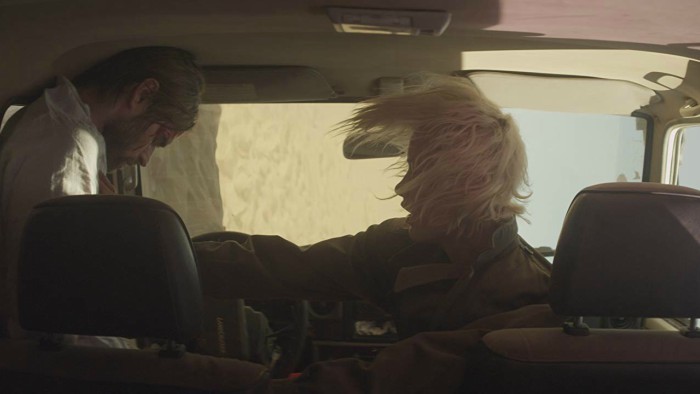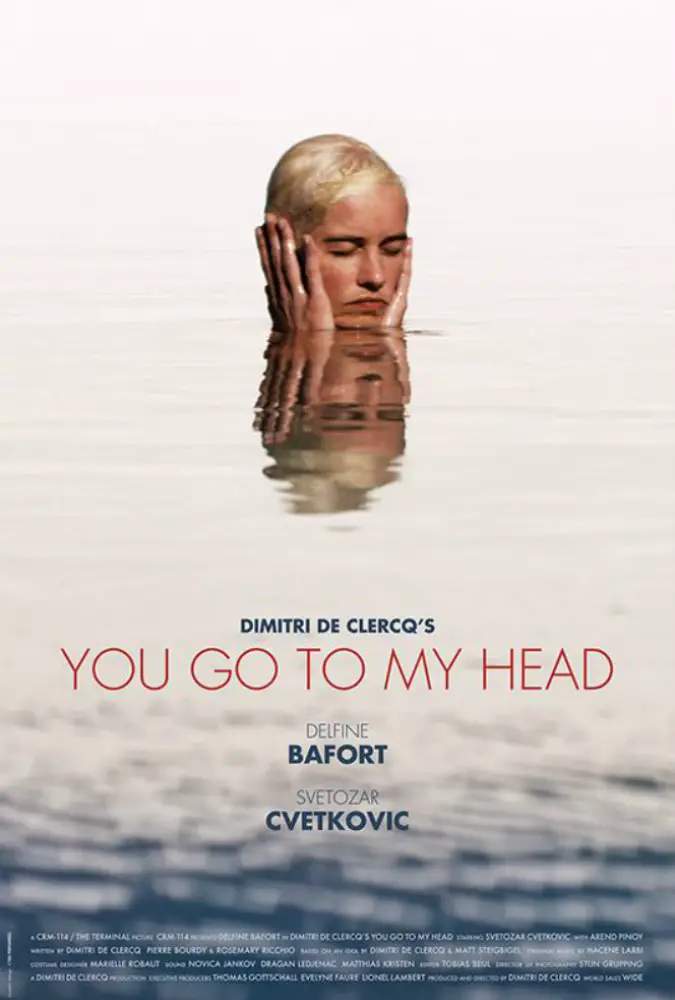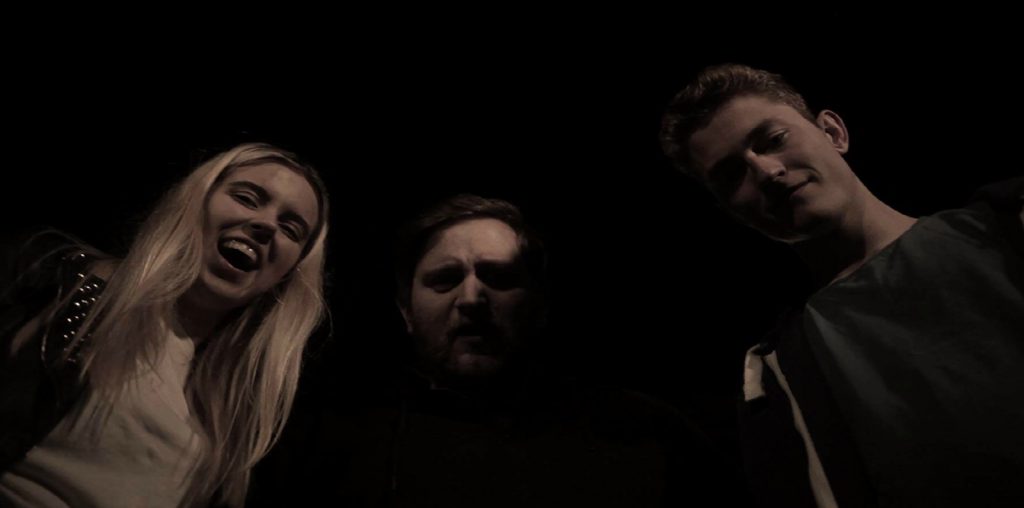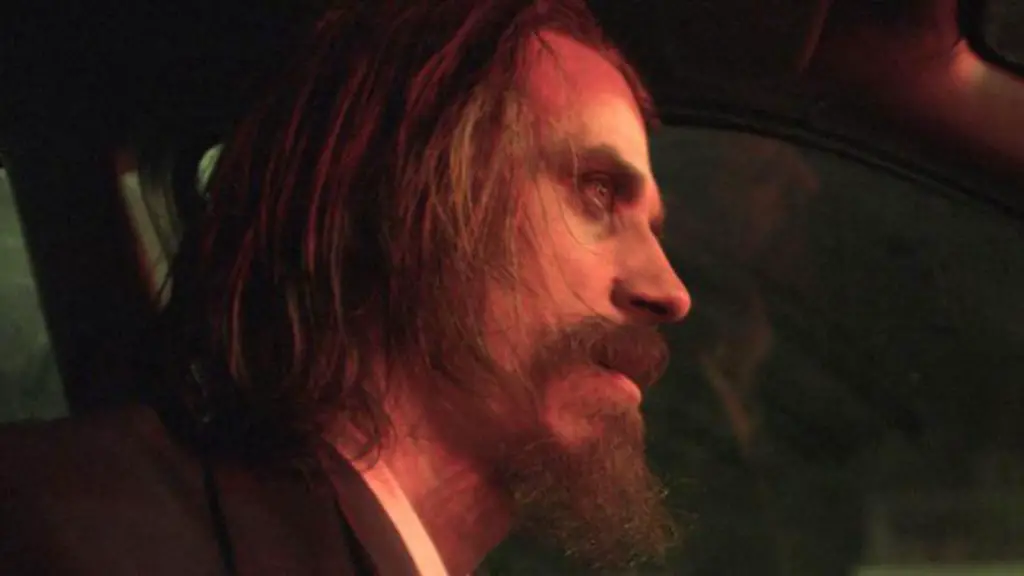
A movie that features a protagonist who suffers from amnesia handily indulges intrigue. It allows the protagonist to dabble in the unknown with no direction; they’re clueless, exposed, and debilitated, as are the viewers. In life, one of our greatest fears is the fear of losing ourselves, whether it be our identity, purpose, or memory. The inability to remember a name or a face, let alone your own, is crippling to one’s identity. That pernicious fear is enlivened in Dimitri de Clercq’s You Go to My Head, a psychological drama bursting with beauty, mystery, and vulnerability.
In a barren stretch of the Moroccan Sahara Desert, a devastating and unexplained car accident leaves a young woman (Delfine Bafort) in the middle of nowhere. There’s a man in the front seat, but he appears to be dead. The young woman runs aimlessly in the desert as she seeks shelter and water, but hours go by without seeing a person in sight. The days are scorching, and the nights are bitterly cold. When all hope is lost, that’s when the cryptic and soft-spoken Jake (Svetozar Cvetkovic) finds her unconscious.

“…nurses Kitty back to health, and she wakes up to find herself supposedly married to Jake for six years.”
Immediately, he takes her to the nearest doctor, only to discover that she’s suffering from post-traumatic amnesia. Instantly captivated by the woman’s beauty, Jack makes the repellent decision to claim to be her husband. In another attempt to perpetuate the lie, Jake decides to name her “Kitty” (though her real name is Dafne). At first, Jake’s creepily touching her as she sleeps, alluding to lecherous intent, but he doesn’t end up making a move. He does, however, take her to his remote desert home to recover. Jake nurses Kitty back to health, and she wakes up to find herself supposedly married to Jake for six years.
Jack, an undoubtedly talented architect, has built the very house he says to be their six-year-long establishment. A sprawling, contemporary set of houses with clay walls, suspended terraces, and a neon-glimmer that seems to permeate the structure at night. There’s also a reflective swimming pool backdropped by more clay structures. There are no flashy colors on the walls, and there are hardly any lights.
Even so, there’s a bioluminescent motion to how the desolate surroundings interact with the ultramodern estate. Designed by French architect Guilhem Eustache, the house is a character in itself, one that ultimately attracts the suspicion of Kitty. She quickly notices that there’s no furniture or pictures in the house to suggest this is anyone’s home, let alone theirs. But a quick-thinking Jake preserves the lie with more lies.

"…doesn't necessarily paint the guy as a monster..."


